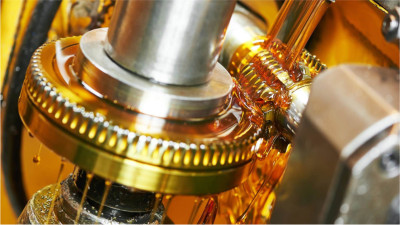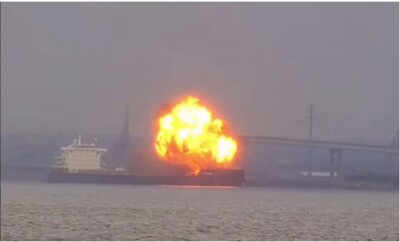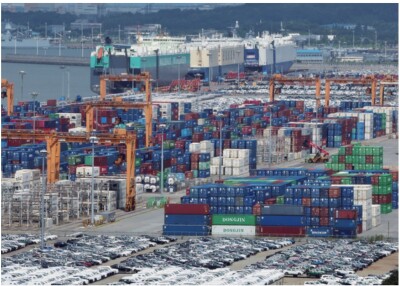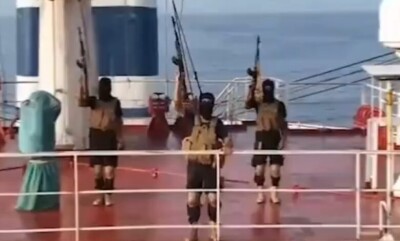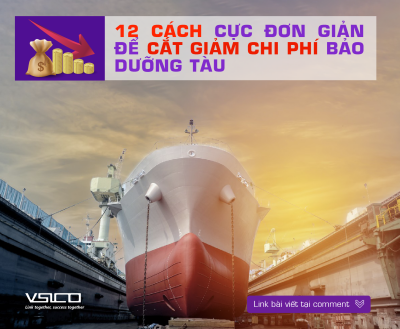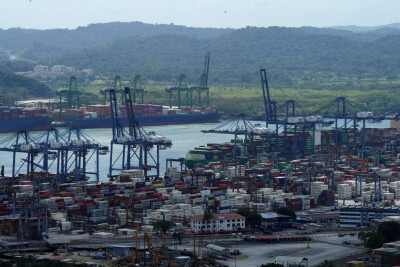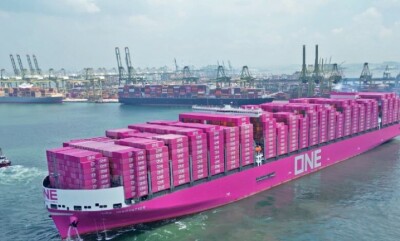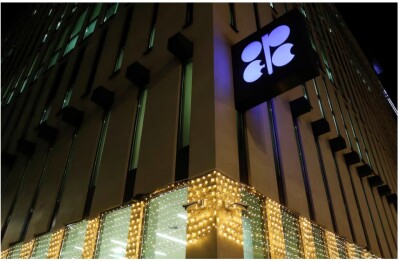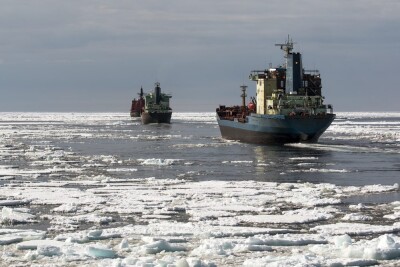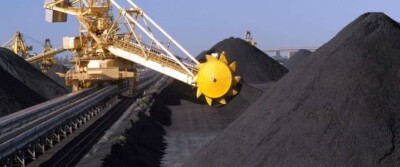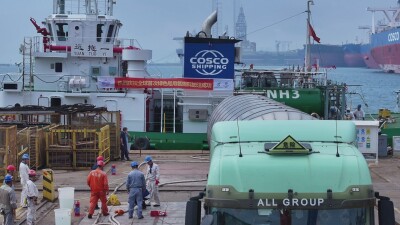Marie Maersk joins growing list of container cargo fire casualties

Explosion on the YM Mobility in August 2024Credit: YouTube screenshot
As the 19,000 teu Marie Maersk continues to burn off the coast of Liberia in another apparent incident of cargo ignition, industry concern over the increasing risks to crew and the environment is growing.
In the week that the report on the YM Mobility accident was published, Marie Maersk appears to be adrift in the Atlantic off the West African coast, near Liberia. Two firefighting tugs are assisting crew to battle the blaze and another smouldering wreck, the Wan Hai 503, is still under tow off the coast Sri Lanka looking for a port of refuge.
Details of the latest casualty are beginning to emerge, with Maersk's Gemini partner Hapag-Lloyd noting: "The crew is safe, and the vessel remains stable with propulsion, steering, and navigation systems unaffected. The ship has diverted toward the West African coast for support, with tugs assisting. The extent of any cargo impact is still being assessed.”
Nevertheless, there is intensifying concern at yet another misdeclared cargo, either due to a shipper's intent to avoid higher hazardous goods charges or a lack of understanding of the dangers posed by some cargo.
A year on from the explosion that demolished the bow of the YM Mobility, the report on the casualty makes sober reading.
A highly dangerous substance known as tert-Butyl peroxybenzoate or TBPB, was stored in a reefer box which was not connected to the power supply.
The investigating authority, China’s Maritime Safety Administration (MSA), reported on the incident that the carrier did not pay enough attention to the volatility of TBPB and in particular the high temperatures being experienced at the Ningbo-Zhoushan port at the time.
Temperatures were more than 40 degrees centigrade when the TBPB was packed into secure drums and delivered to the port, meaning that the TBPB was already heating up while on the terminal’s hard standing.
“TBPB is thermally unstable and can self-decompose at room temperature,” said the report, “The decomposition reaction releases a lot of heat and produces gas or steam, the higher the temperature of the cargo the faster the self-reaction accelerates.”
In a largely sealed temperature-controlled container, the heat and gases began to add internal pressure until the container tolerance was reached as the container exploded in a ball of flame destroying cargo and raising temperatures to the extent that deformation of the vessel’s structure took place.
The cost of the accident in monetary terms was RMB90m ($12.5m). The cost was comparatively low and no lives were lost due to the diligence of the crew that spotted the leaking container and took the appropriate action.
The incident on Wan Hai 503 has taken a higher toll; four crew died and six others were injured after a cargo fire at sea saw 18 seafarers rescued from the burning wreck, which continued to smoulder for weeks as firefighters from salvage teams struggled to control the inferno.

Credit: Indian Coast Guard
There were fears of the environmental consequences following a similar event with the X-Press Pearl. Delivered in February 2021, the ship was sailing off Colombo in May the same year when it caught fire.
The ship was lost three weeks later along with its cargo, which included container loads of nurdles, lentil sized plastic pellets used to manufacture plastic goods. Nurdles in the ocean attract toxins and are then ingested by marine life, with a process of bio-magnification as the plastic in marine life moves up the food chain.
Destruction of the local fishing and tourism industries was a major cost and was a contributing factor into the decisions by both the Indian and Sri Lankan maritime authorities’ refusal to offer the Wan Hai 503 a port of refuge.

In the case of the X-Press Pearl, two ports, Hazira and Hamad, had refused to allow the crew to offload a leaking container of nitric acid, discovered at Jebel Ali by the crew. Had the container been dealt with, the ship, its cargo and the regional maritime environment could have been saved.
The Wan Hai 503 faces a similar dilemma with the regional authorities refusing to grant refuge to a stricken vessel. Although Wan Hai 503 and its cargo are largely destroyed by fire and water, the vessel is still afloat and under tow. With no port willing to accept the ship, its future remains uncertain.
As for Maersk, the Marie Maersk is not the first casualty of this sort. The 2018 Maersk Honam was destroyed by a cargo fire, killing five crew.

Credit: Indian Coast Guard, via Wikimedia
Singapore's Transport Safety Investigation Bureau concluded in October 2020 that the cause could not be conclusively determined. However, it added that the 1,000 tonnes of sodium dichloroisocyanurate dihydrate, a powerful oxidiser, stored in 54 containers in the No.3 cargo hold, was a potential cause of the fire.
It is understood that these containers were shipped by Maersk’s 2M partner, MSC and the dispute over these boxes is continuing to this day.
Maersk Honam was rebuilt and relaunched as the 15,000 teu Maersk Halifax at substantial cost.
Those costs remain insignificant to the loss of life and effects on the environment. And the effects on the emotional state of Maersk’s staff. A reprise of which they must be going through today with the Marie Maersk.
News
